ARTICLE AD BOX

- Berachain approved RFRV Batch 14 featuring BTC-wrapped assets and strategic token burn mechanisms for long-term ecosystem growth.
- Non-DEX vaults like Henlo Incinerator introduce utility-driven models with validator rewards and automatic token deflation.
Berachain has once again made a breakthrough in the DeFi ecosystem by approving the 14th batch of Reward Vault Requests (RFRV). This step shows how they are increasingly serious about pushing Proof of Liquidity (PoL) as the main pillar in the growth of network liquidity.
This time, not only DEX pools have been given the green light, but also non-DEX vaults with quite unique strategies, even daring ones.
Decisions on the latest batch of RFRVs have been delivered by the @bgtfdn on behalf of the Guardians.
Batch 14 approvals highlight how diverse Proof of Liquidity strategies are becoming. BTC-backed vaults, token burns, DAO-seeded liquidity, and memecoin-driven governance all… pic.twitter.com/I49qH4kxee
— Berachain Foundation 
 (@berachain) July 2, 2025
(@berachain) July 2, 2025
From Burn to Boost: Henlo and Bitcoin Vaults Shake Things Up
One of the most eye-catching is Henlo’s vault called Henlo Incinerator. The mechanism is quite simple on paper, but interesting to observe. HENLO tokens will be purchased from the market and then burned immediately.
Not only that, the results will also flow to validators. In other words, this project is trying to combine two approaches: limiting supply and providing additional incentives to network guardians. If this strategy is successful, it is not impossible that this kind of concept will become an example for other projects on the Berachain network.
On the other hand, there are also two vaults from Solv Protocol that bring fresh air to the integration of Bitcoin into the ecosystem. They introduced vaults for SolvBTC and xSolvBTC—assets that represent Bitcoin on Berachain. For users who are already familiar with BTC dominance, this could be a more natural entry point.
Moreover, this is not the first time Berachain has opened a cross-chain path. In the previous RFRV, they also introduced native liquidity from the Solana network and supported recompoundable LST (Liquid Staking Token).
Interestingly, this batch does not only focus on increasing capital or instant rewards. The Governance team seems to be emphasizing sustainability, by updating the incentive design guidelines publicly. The hope is that all future vault submissions will be more aligned with the network’s long-term mission, rather than just hunting for yield.
Berachain Grows with Burve, McBera, and NFT Innovations
While Batch 14 is in the spotlight, several other initiatives are also starting to stir. CNF recently reported that Burve, a new protocol built on Berachain, has officially gone live on mainnet. Burve comes with multi-token stableswaps and depeg protection, while still relying on the PoL mechanism as the heart of its liquidity.
Burve is arguably an example of how the initially technical PoL concept has now taken on a tangible form that users can experience.
Furthermore, technical updates such as McBera and Bectra have also enriched the user experience on this network. With a smart wallet and command-based DeFi navigation, access to various services has become more practical.
And don’t forget that last May, as we have covered, the BeraToners NFT collection from the BeraTone game also officially launched its avatar minting on OpenSea. Not only collectible, these characters can also be used as VTubers and in-game characters—showing that Berachain’s creative side doesn’t stop at the DeFi world.
However, the success of all these projects ultimately depends on how the community responds to and uses these features. Approved vaults may look like just another line of proposals, but behind them are complex token design experiments, marketing strategies, and community incentives.
Besides that, as of press time, BERA is changing hands at about $1.67, up 3.26% over the last 7 days, driving its market cap to surpass the $200 million mark.
.png)
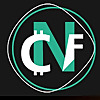 4 months ago
8
4 months ago
8
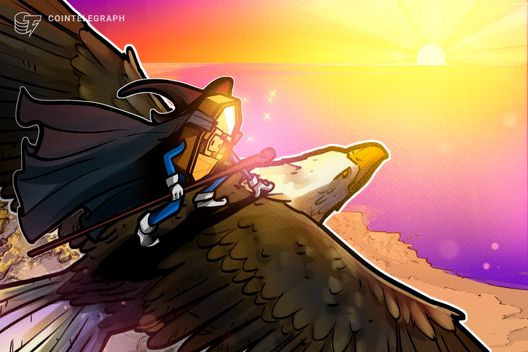
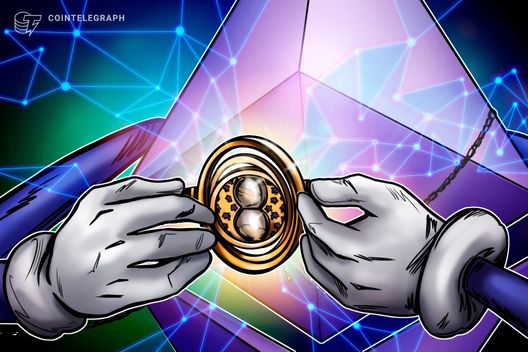
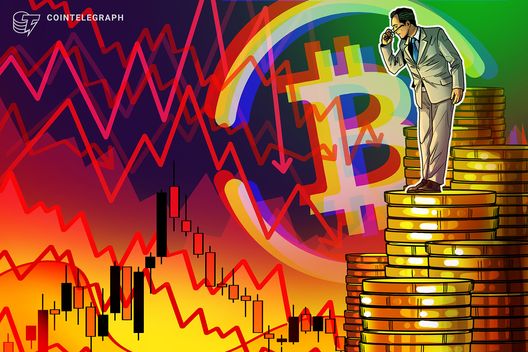


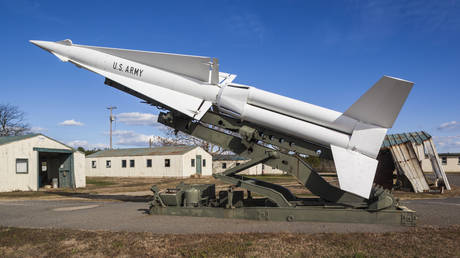
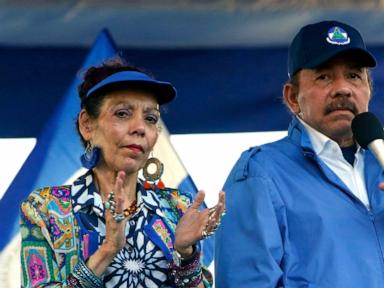

 English (US)
English (US)